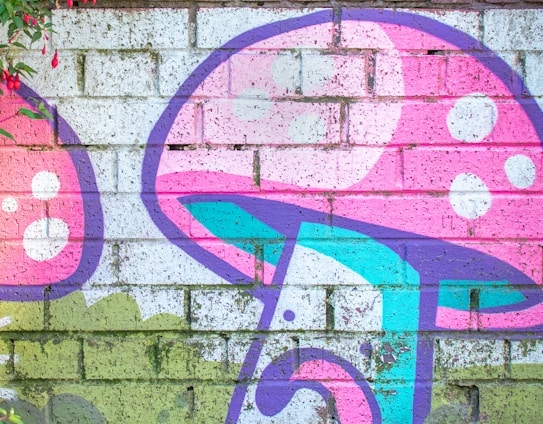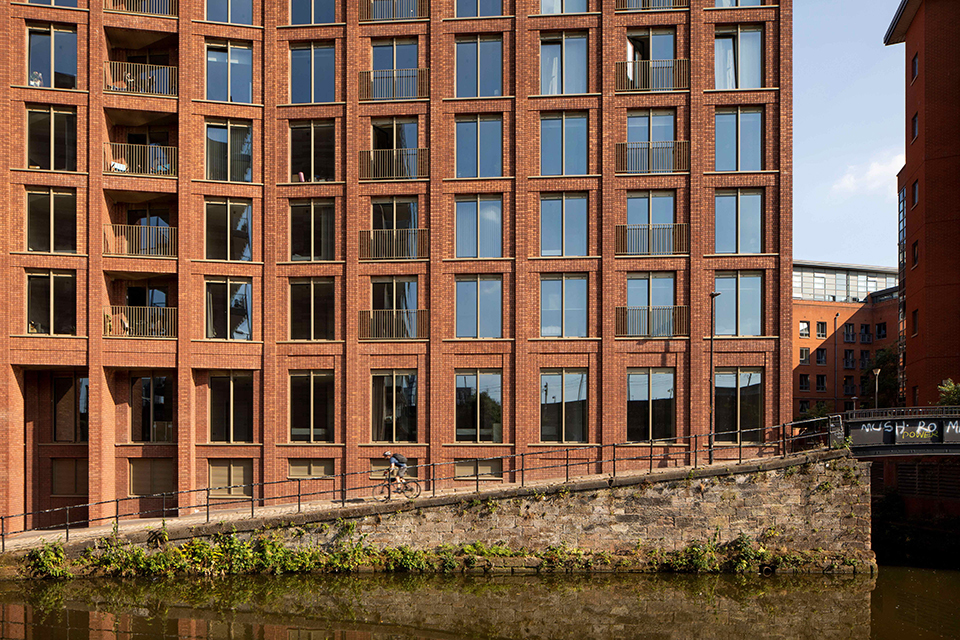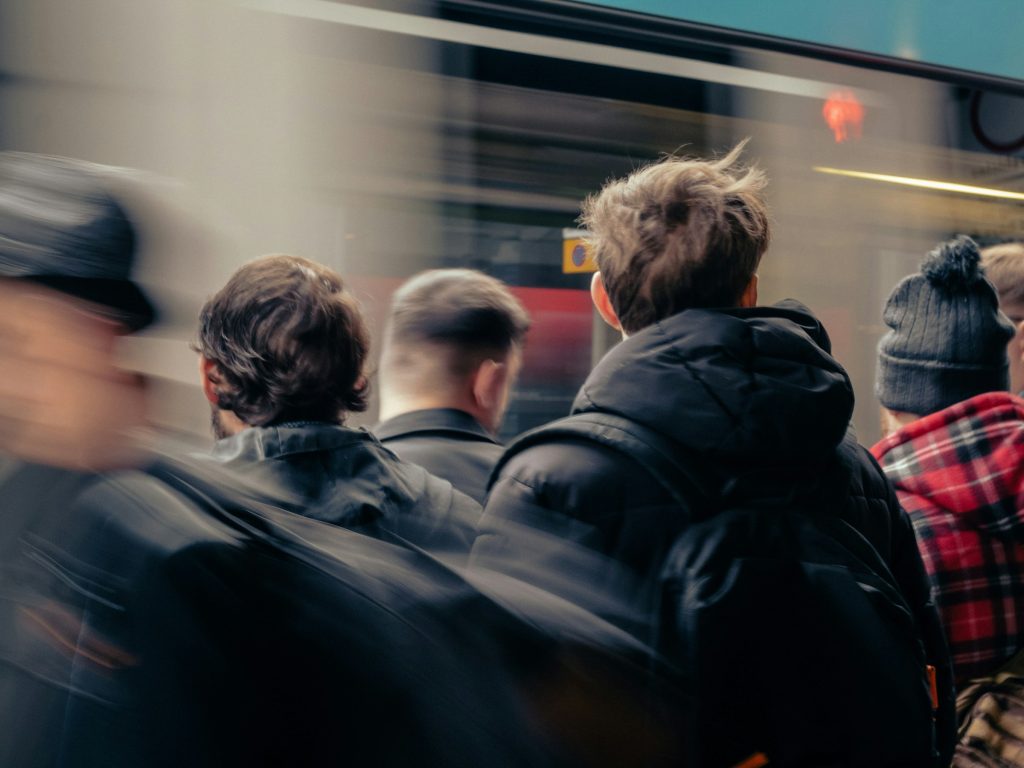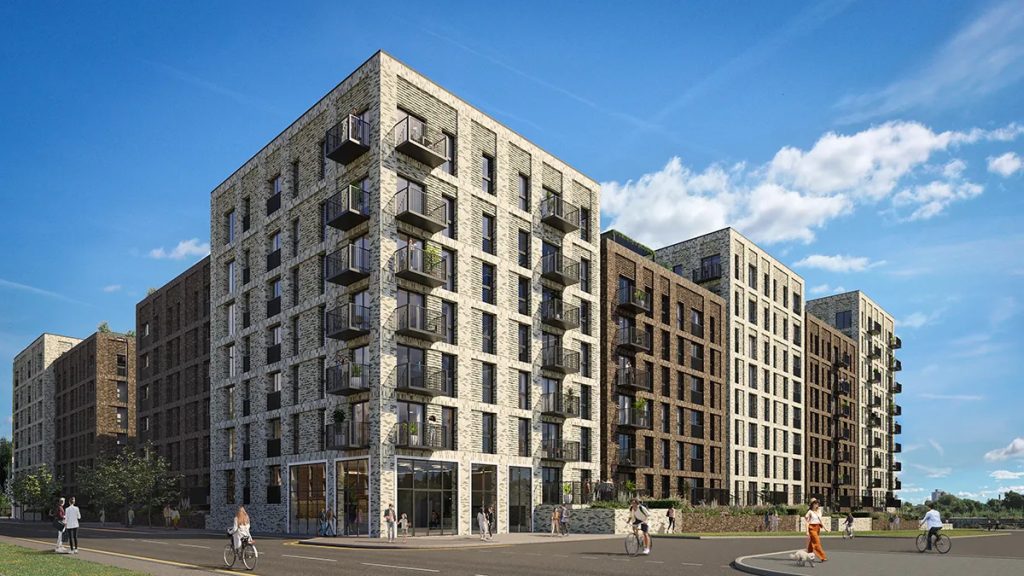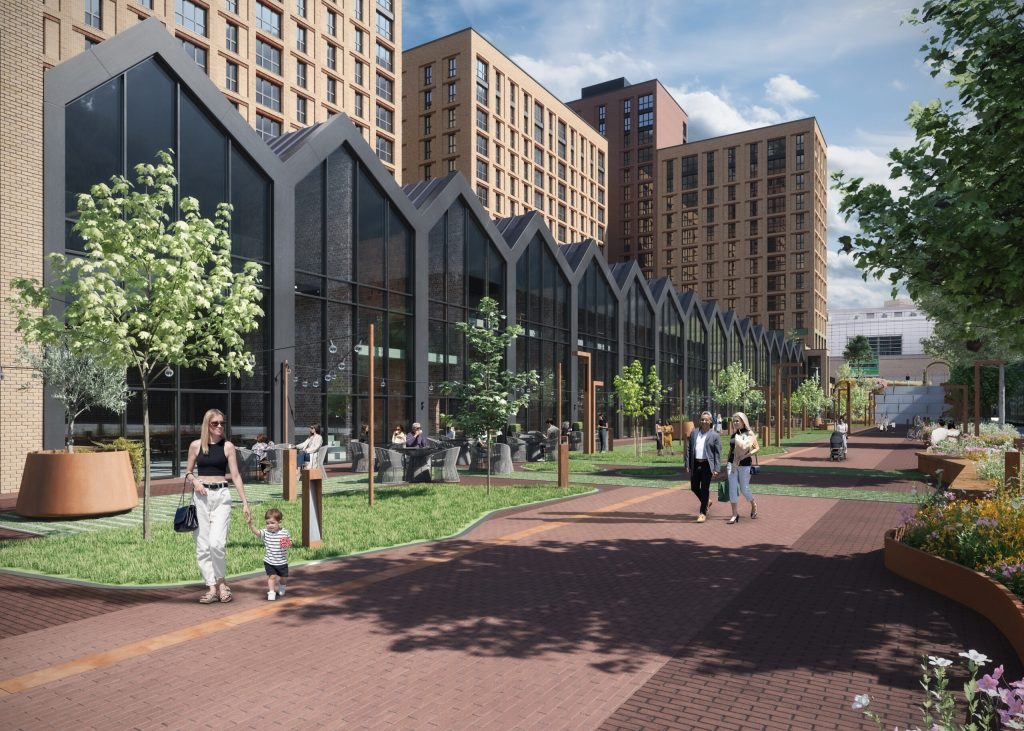Manchester’s street art scene has undergone a significant transformation over the years, evolving from illicit graffiti to celebrated public art. This cultural shift is not only enriching the city’s aesthetic but also impacting its real estate market. As street art becomes an integral part of Manchester’s identity, it presents unique opportunities for property investment.
The Rise of Street Art in Manchester
Manchester has a long history of street art, with early works often viewed as vandalism. Over time, however, the perception of street art has changed dramatically. Today, the city boasts an array of vibrant murals and installations created by renowned artists. Areas like the Northern Quarter have become outdoor galleries, attracting both locals and tourists.
Cultural and Economic Impact
The cultural impact of street art on Manchester cannot be overstated. Murals and installations have become landmarks in their own right, contributing to the city’s unique character and enhancing its cultural appeal. This artistic renaissance has economic benefits as well. Art enthusiasts and tourists flock to these areas, boosting local businesses and increasing foot traffic.
Enhancing Property Values
Properties located in areas renowned for their street art often see a rise in value. The presence of vibrant, well-maintained murals can transform previously overlooked neighbourhoods into trendy, desirable locales. This phenomenon is particularly evident in the Northern Quarter, where street art has played a pivotal role in its regeneration.
For property investors, this means that investing in areas with a strong street art presence can lead to significant returns. The aesthetic appeal and cultural cachet of street art can attract a diverse and dynamic tenant base, including young professionals, artists, and entrepreneurs.
Street Art and Urban Renewal
Street art is frequently associated with urban renewal projects. As cities seek to rejuvenate and revitalize certain areas, street art is often used as a tool to attract attention and foster a sense of community. In Manchester, several urban renewal initiatives have incorporated street art to great effect, transforming neglected spaces into vibrant cultural hubs.
Investors can capitalise on these initiatives by identifying emerging neighbourhoods where street art is part of the regeneration strategy. Properties in these areas are likely to appreciate in value as the urban landscape evolves and attracts more residents and businesses.
The Role of Galleries and Public Art Projects
The transition from graffiti to gallery has seen street art move into more formalized settings. Galleries and public art projects now commission works from street artists, further legitimizing the art form. These projects often lead to collaborations between artists, local councils, and private developers, creating a symbiotic relationship that enhances urban spaces.
Property investors should consider the potential of partnering with local artists and galleries to enhance their properties. Commissioning murals or hosting temporary art installations can increase a property’s appeal and value, making it more attractive to potential tenants and buyers.
Community Engagement and Social Impact
Street art fosters community engagement and social cohesion. Murals and public art projects often reflect the local culture and history, resonating with residents and fostering a sense of pride and identity. This community-centric approach can enhance the desirability of an area, as people are drawn to neighbourhoods that offer a strong sense of place and belonging.
Investors focusing on properties in areas with active street art scenes can benefit from the social impact of these works. Engaged communities are often more vibrant and stable, reducing turnover rates and ensuring consistent demand for rental properties.
